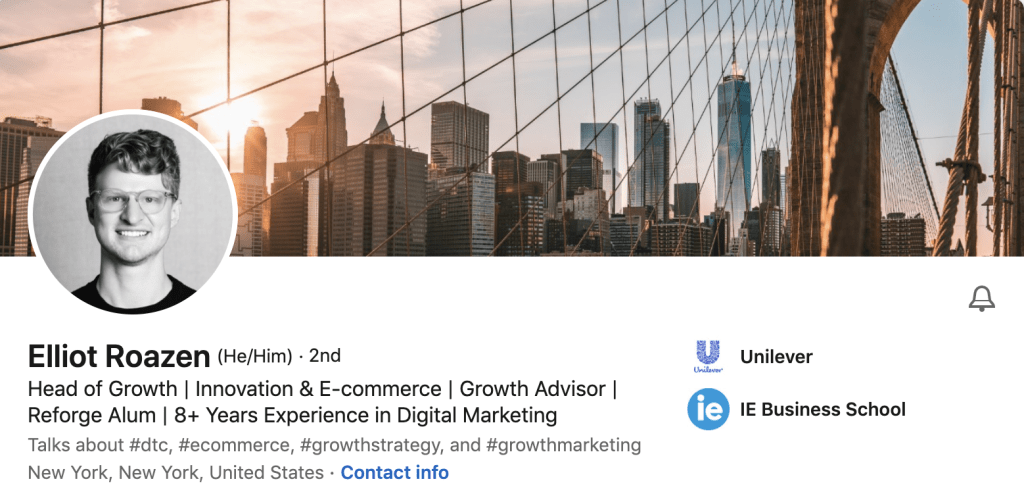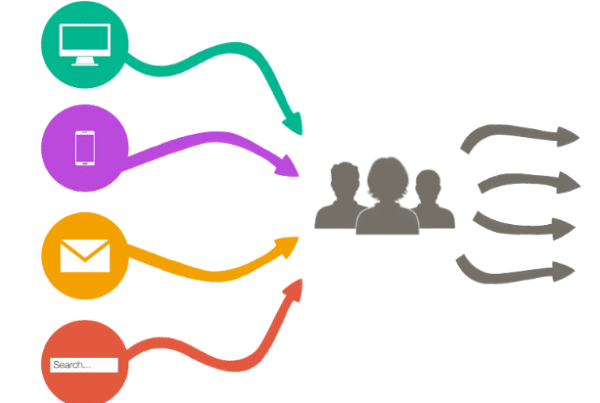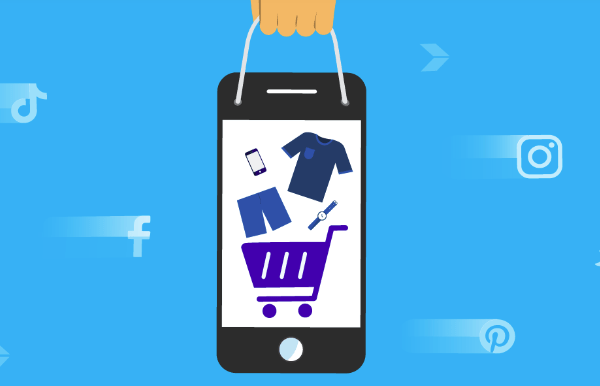From our featured LINKEDIN post, where we take the best and most valuable information, today we are featuring a post from Elliot Roazen, Head of Growth at Unilever.
An underrated skill for hiring growth marketers: their ability to understand when to apply performance marketing vs brand marketing.
I’ll save you the argument over which is more important, because I believe they are both essential.
You can’t build a long-term brand that isn’t sales-driven, and a product or service without a good brand story is a tough sell nowadays. If you’re gunning to still be around in a few years, you need both.
I think it all begins with accurately defining what these forms of marketing are and what they do.
Brand marketing is a strategic, long-term plan to build awareness and communicate your values. It’s working to build mindshare with your consumers, foster engagement, grow a community. It’s not easily measured and skews far more qualitative.
Performance marketing is short-to-medium-term and about driving business outcomes. I’m going to get flack for this (oops) but performance marketing is more sales than marketing. Your goal is to drive purchases/leads/downloads, efficiently. It’s easier to measure and skews far more quantitative.
There’s a time and place for each form. But crossing the wires can be a waste of time, money, and focus.
For example: let’s say you’re going to launch a DTC business. You are sitting on a chunk of change to spend on creating assets, so you go out and produce a ton of brand-led creative.
The images are beautiful (read: expensive), tell your story, are all about you, you, you and how great you and your products are. You populate your social grids and are so proud of the brand world you’ve built and can’t wait to invite consumers into it.
… and you go and test these same assets as ads and they completely tank. Why?
Because brand marketing assets are (usually) terrible for performance marketing. Performance copy and creative clearly communicate an offer and benefits to a targeted consumer and talk about *them*. In direct response advertising, nobody gives a shit about your brand world, you, or pretty pictures. They want to know what’s in it for them.
On the flip side, if all your touch points (social grid, email, website) are 100% dedicated to sales-y content and no brand marketing, consumers are going to veer away from you. They won’t have any idea who you are and what you’re about.
The solution? The best growth teams understand how to use both kinds of marketing to reach their objectives. So put extra thought into when to apply what and where.
Follow Elliot for more great insight on his LinkedIN below.



